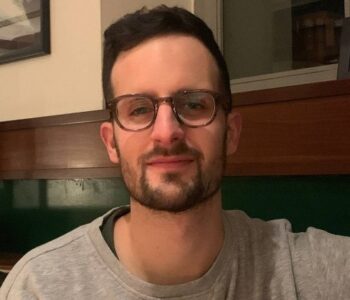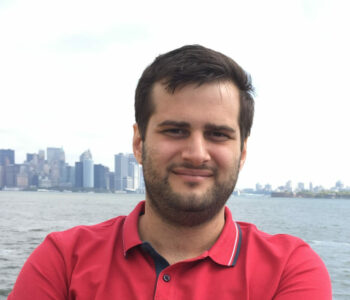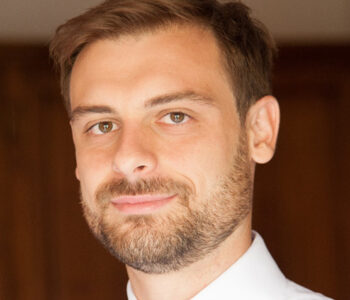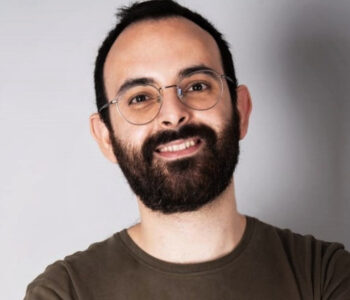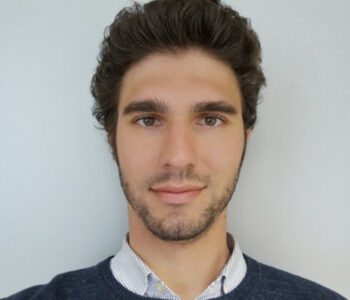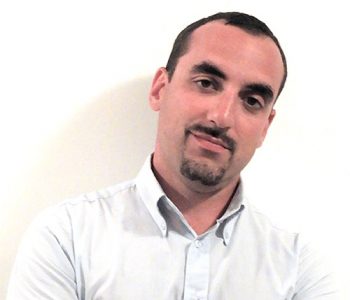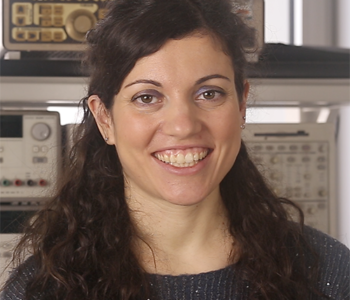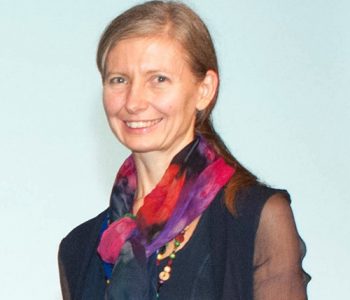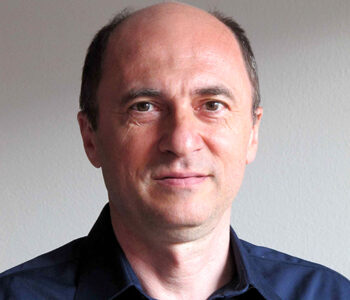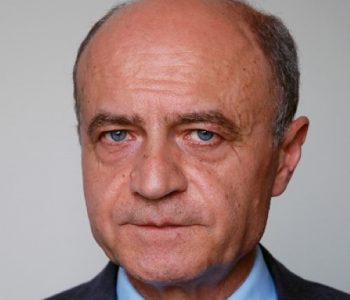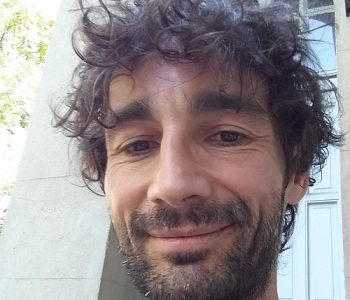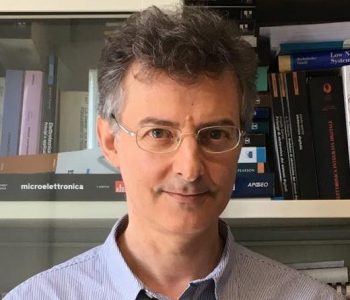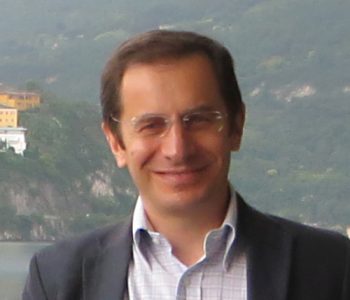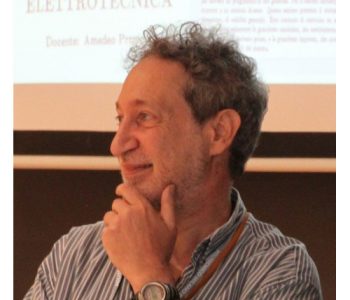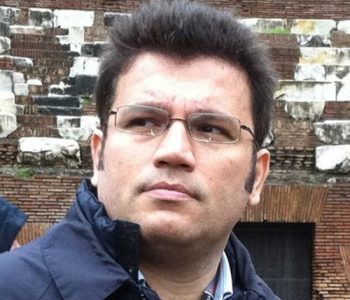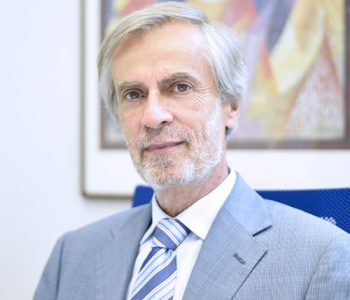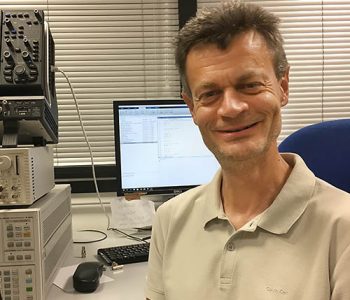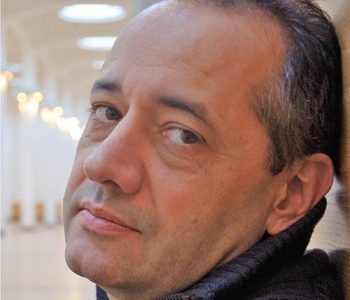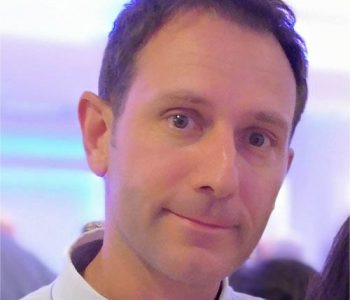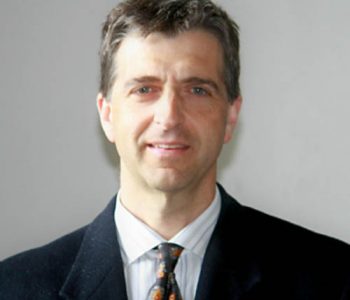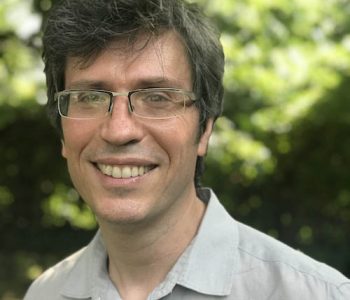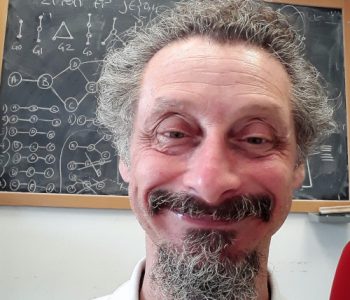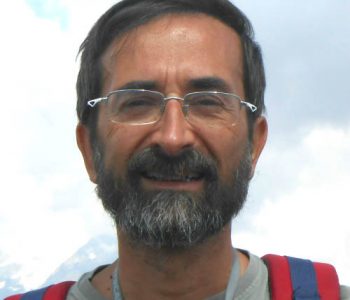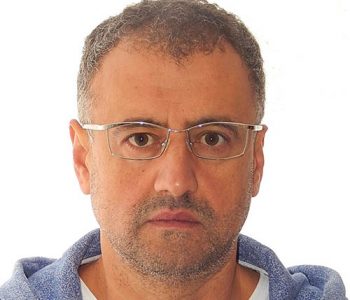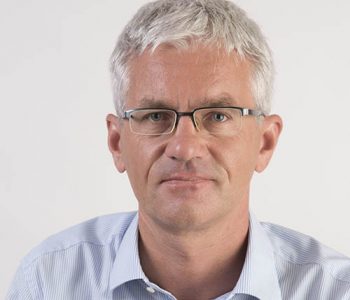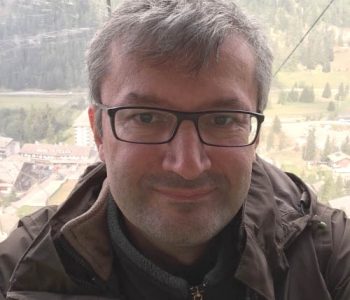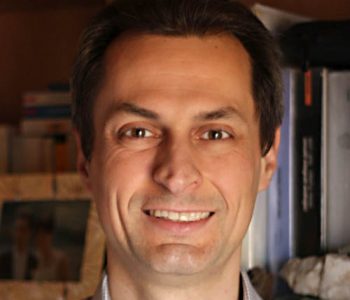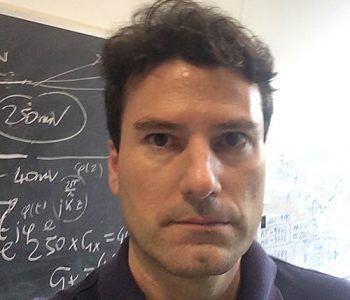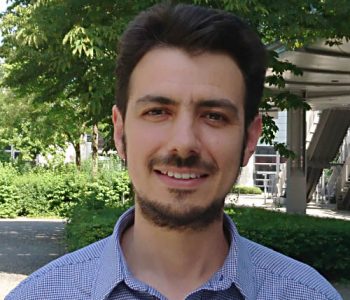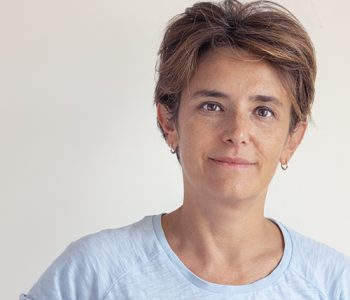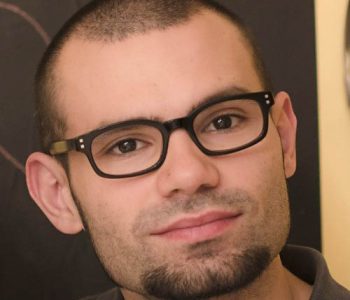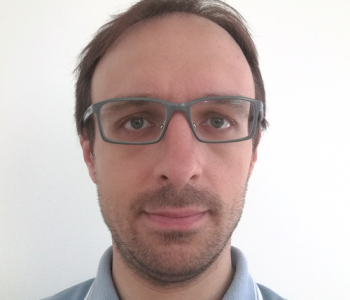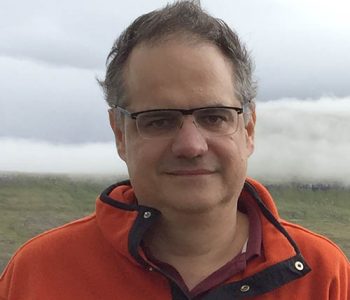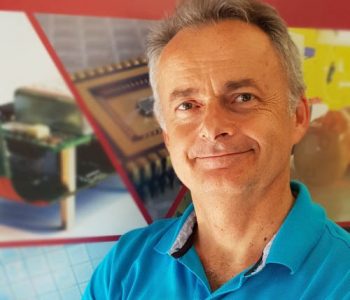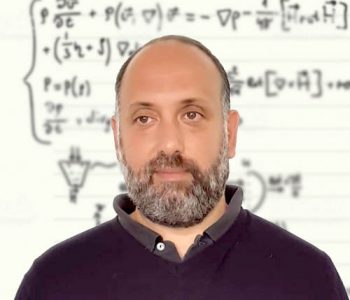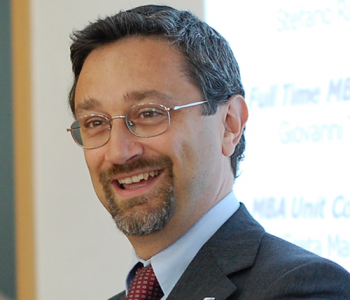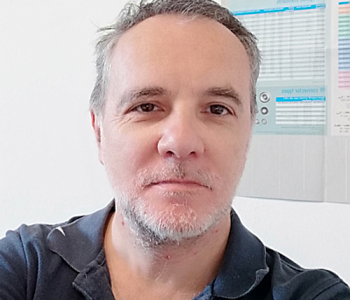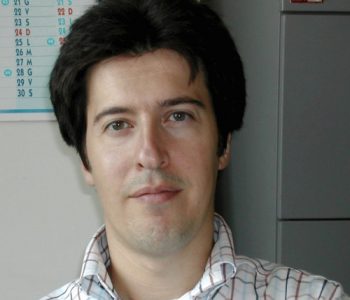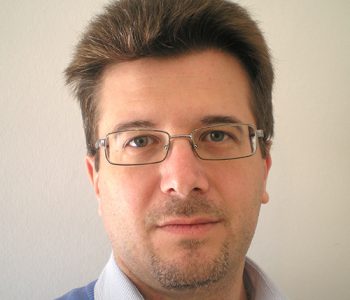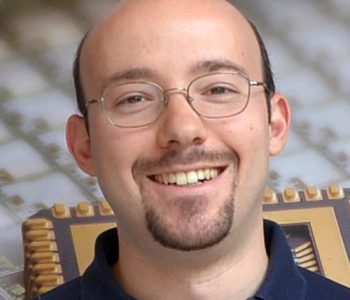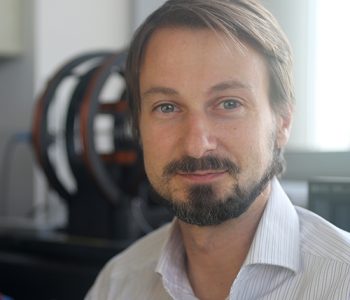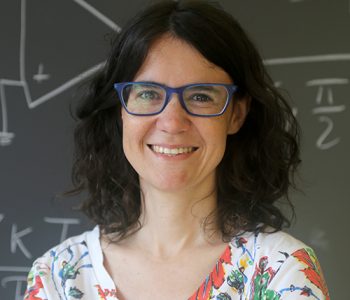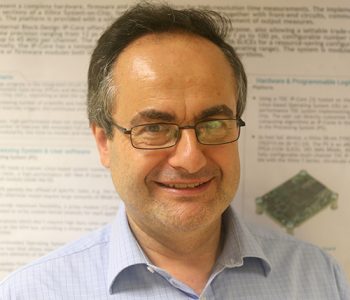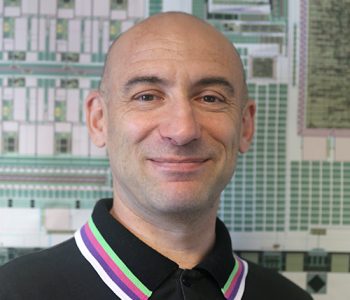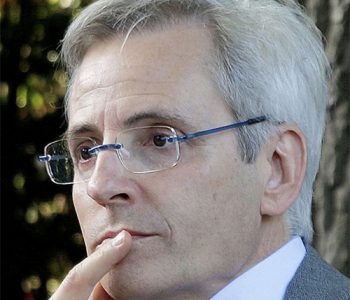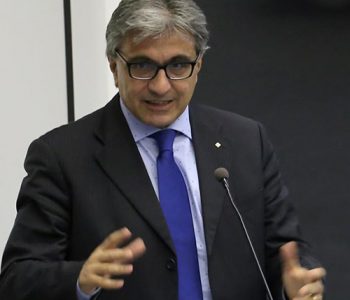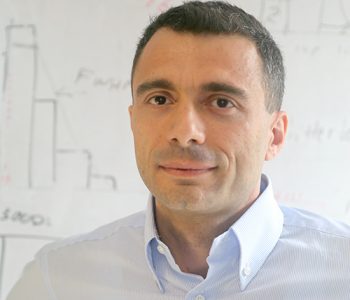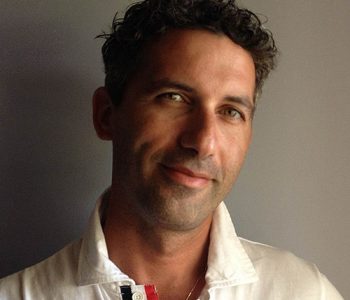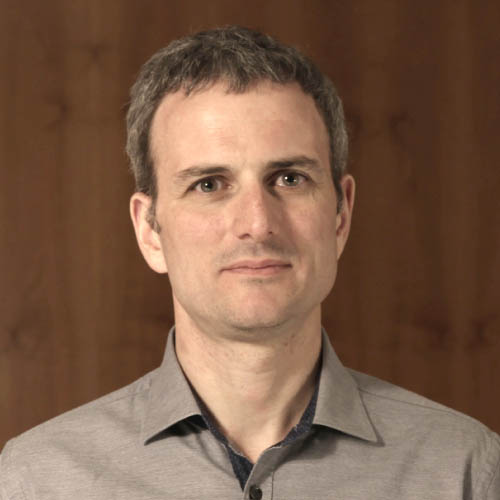 Docente
Docente
Angelo Gulinatti
Angelo Gulinatti received from Politecnico di Milano (Milano, Italy) both the Laurea degree (cum laude) in Electronics Engineering and the Ph.D. degree (cum laude) in Information Technology, respectively in 2003 and 2007. He has been with Politecnico di Milano since 2008, first as Assistant Professor and now as Associate Professor of Electronics (since 2015). He carries out his research activity in the development and modeling of silicon Single Photon Avalanche Diodes (SPAD) and he currently teaches the class of “Elettronica” for Biomedical Engineering.
Angelo Gulinatti contributed to the development of several generations of large area and low noise SPADs including the ones now commercialized by Micro Photon Devices (MPD). Recently, he designed and developed a red-enhanced SPAD technology that improves the sensitivity at longer wavelengths while maintaining a good temporal resolution. Detectors based on this technology have been exploited in numerous quantum optics experiments in the framework of fruitful collaborations established with leading international research group. Currently he works on arrays of detectors with low Timing Jitter and improved Photon Detection Efficiency. Since 2013 he has been a visiting scientist at Cornell Nanoscale Science and Technology Facility, Cornell University (Ithaca, USA), for about 10 months.
He has participated in several research projects funded by the European Commission, the National Institutes of Heath (NIH), and the Italian Space Agency (ASI). The focus of the projects was on quantum communications, molecular biology, biochemistry and genetic diagnostic.
He has been a co-Principal Investigator for DEIB of the research project “Multiscreen” funded by Provincia Autonoma di Bolzano. He is currently a co-Principal Investigator of the HFSP-funded project “3D atomic-scale movies of molecular machines in action”. He is also the Principal Investigator for DEIB of the research project “RED: ultra-Red Efficient Detector” funded by Provincia Autonoma di Bolzano.
He co-authored more than 100 papers on peer-reviewed journals and conference proceedings; his H-index is 21 (Scopus).
He teaches the class of “Elettronica” for Biomedical Engineering since 2017 and has taught the class of “Fondamenti di Elettronica” for Telecommunication Engineering from 2009 to 2016.
